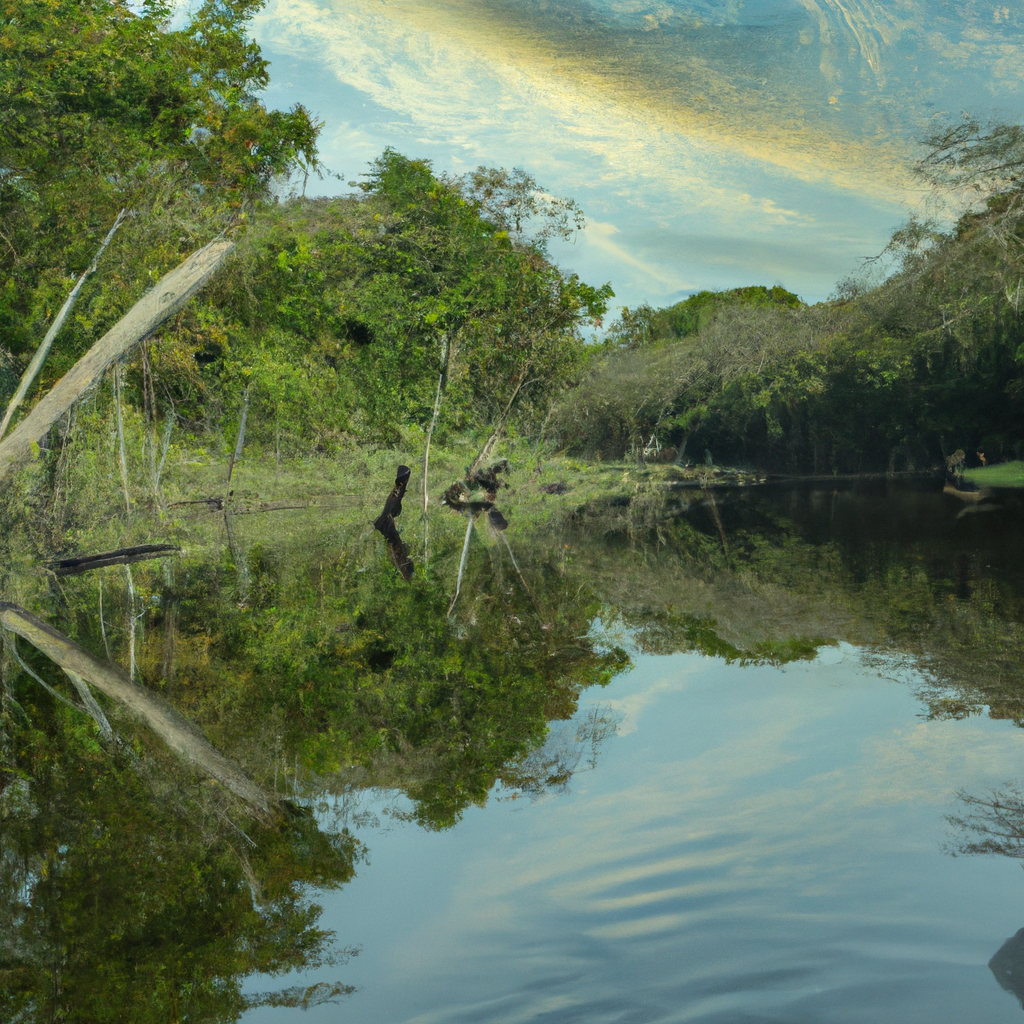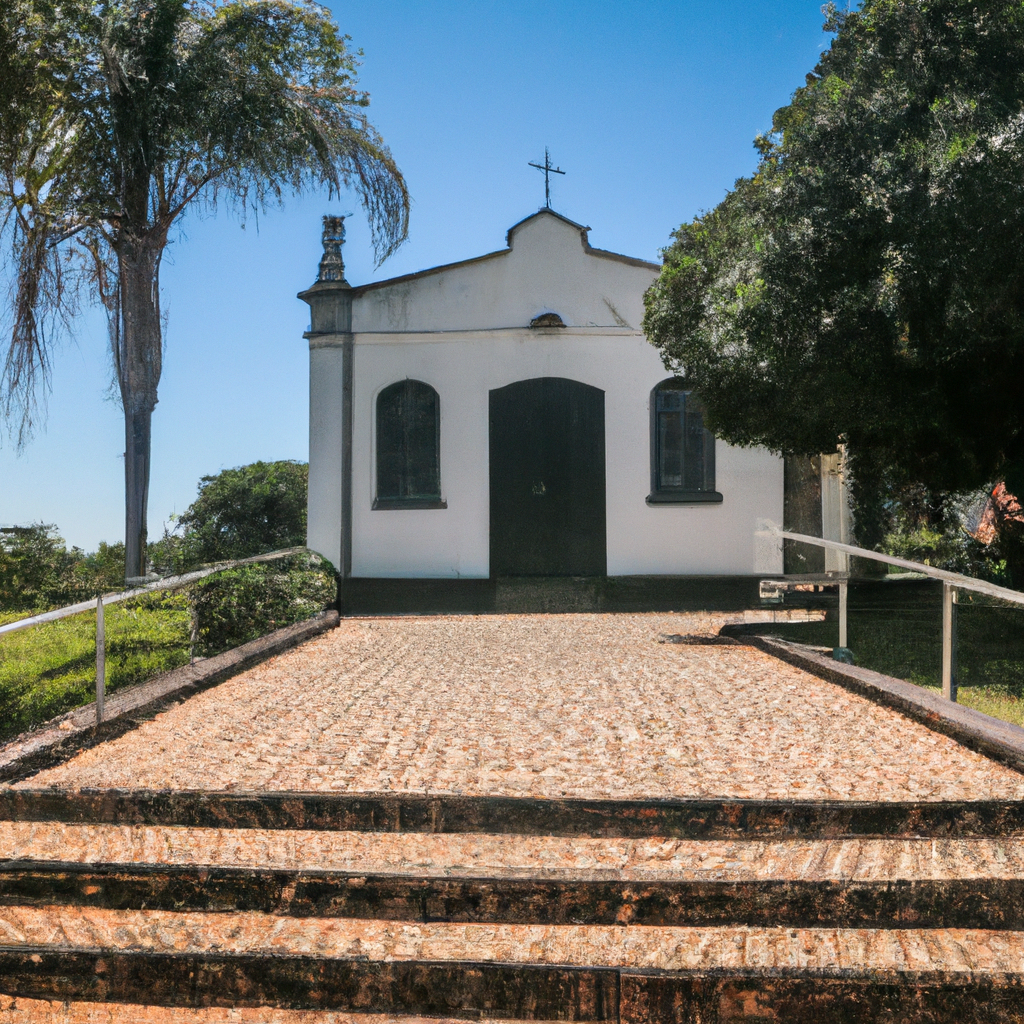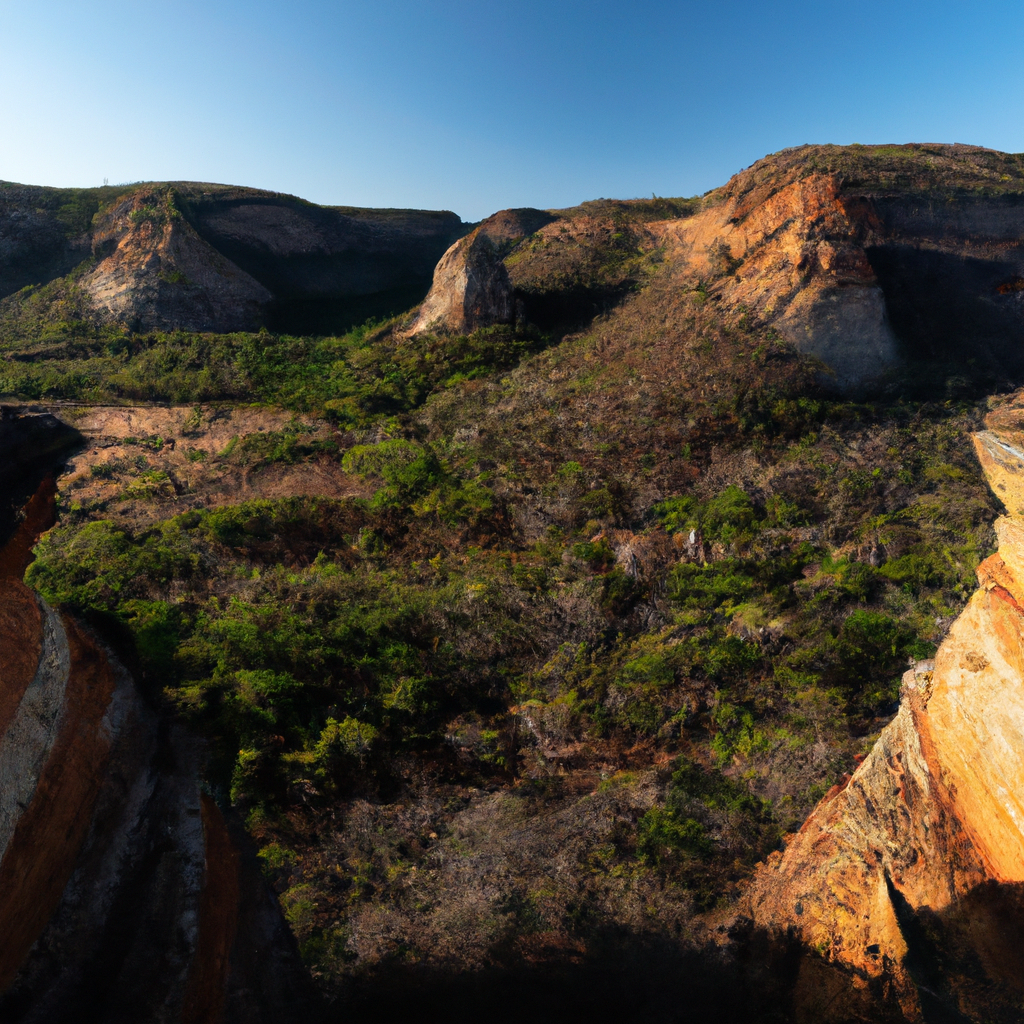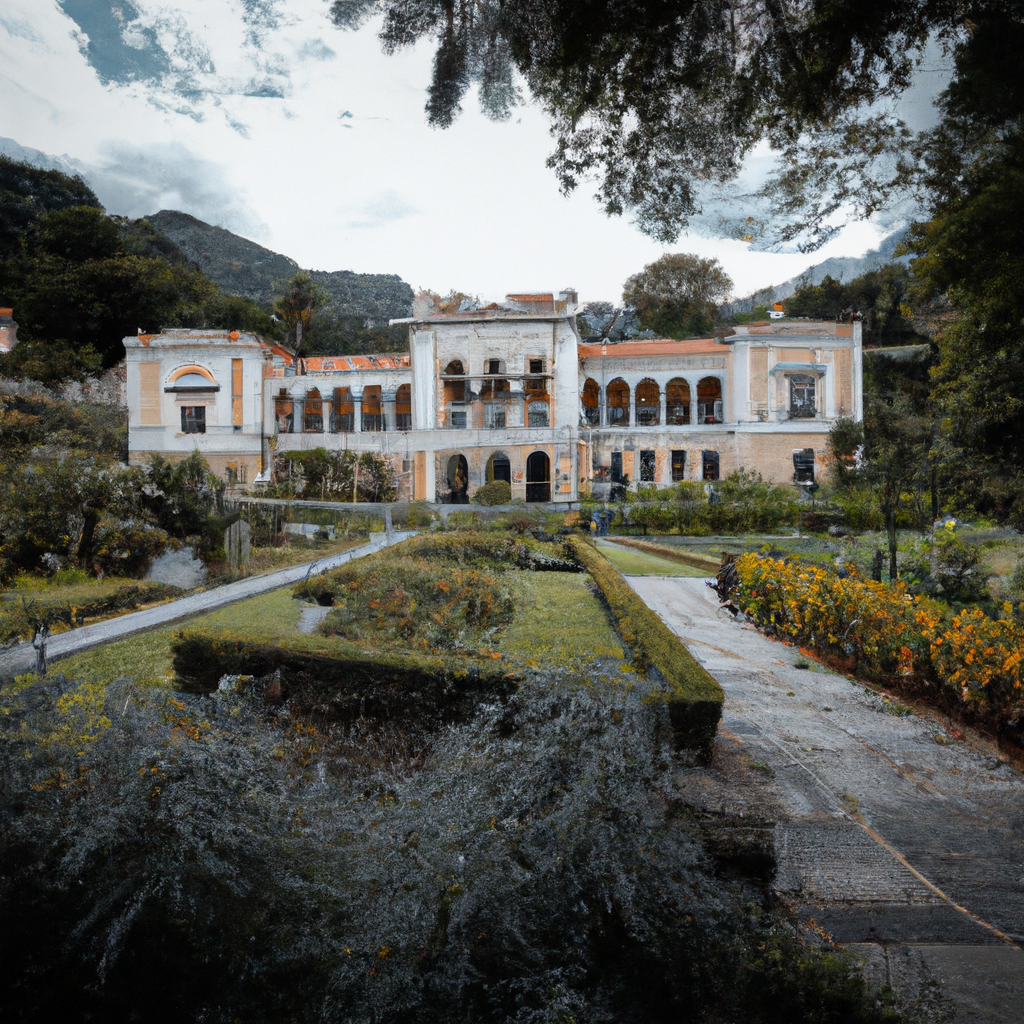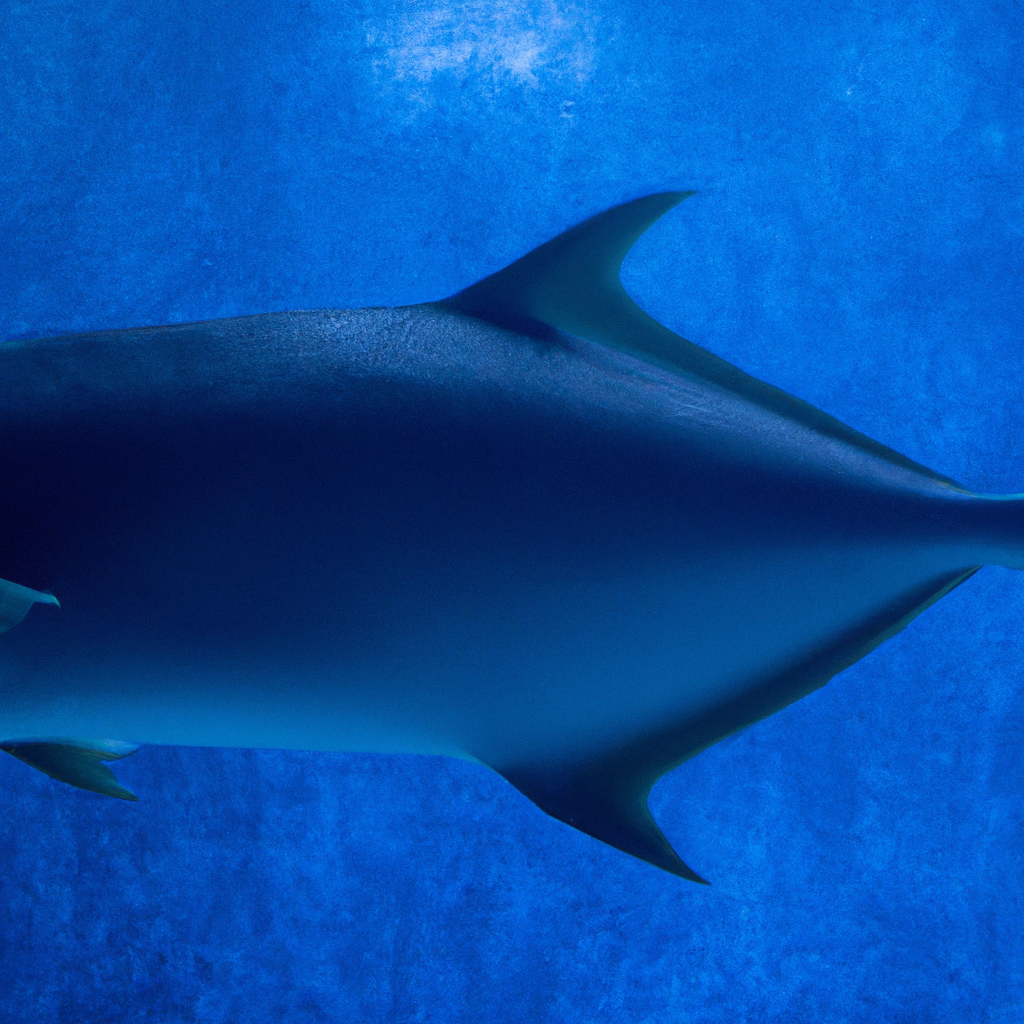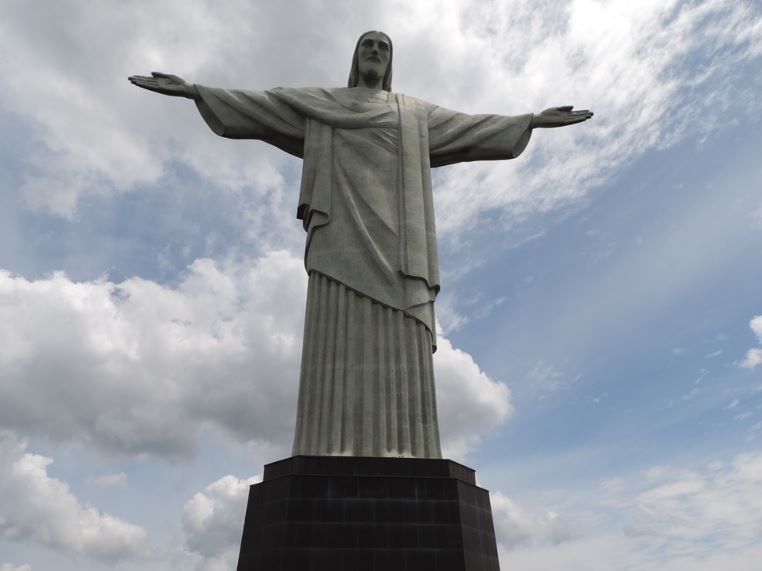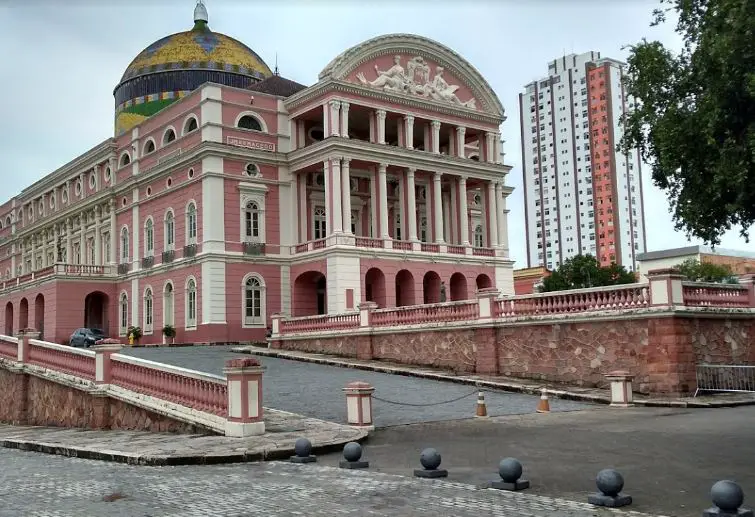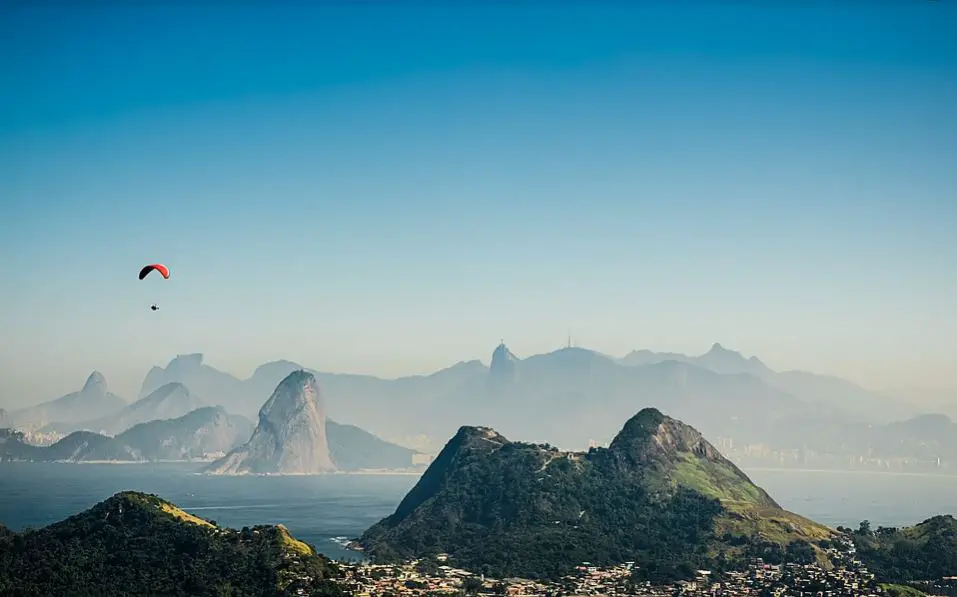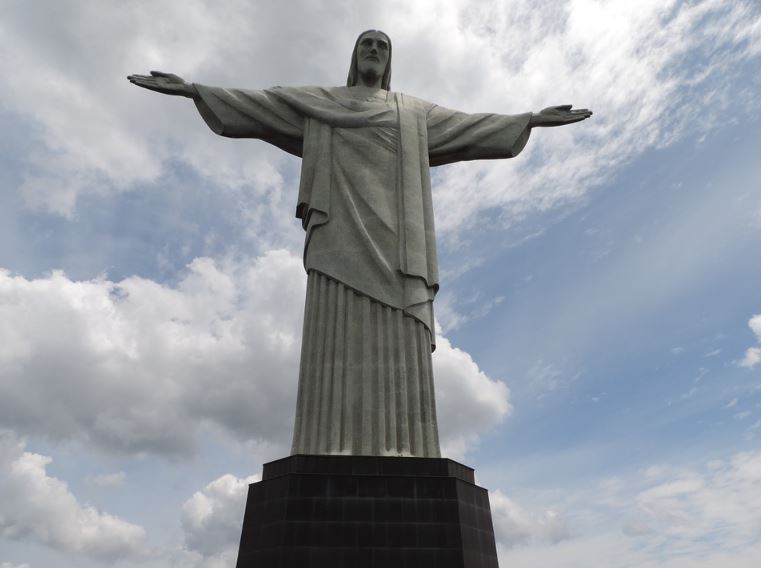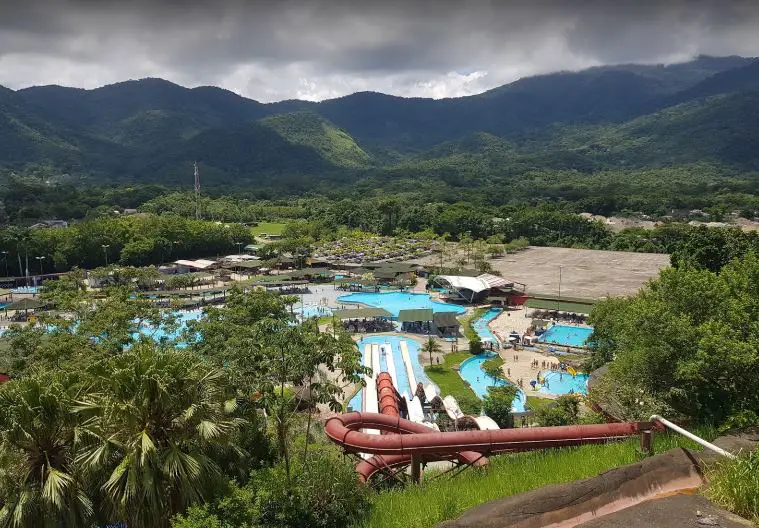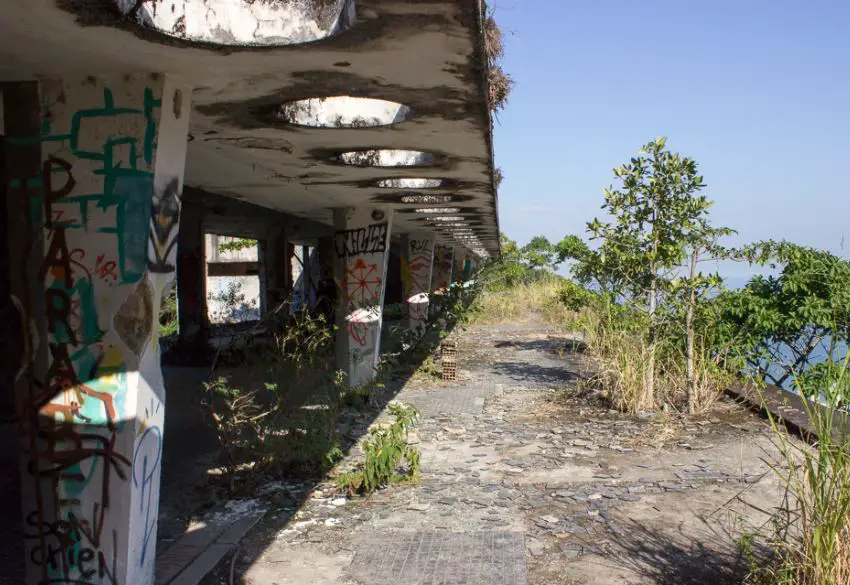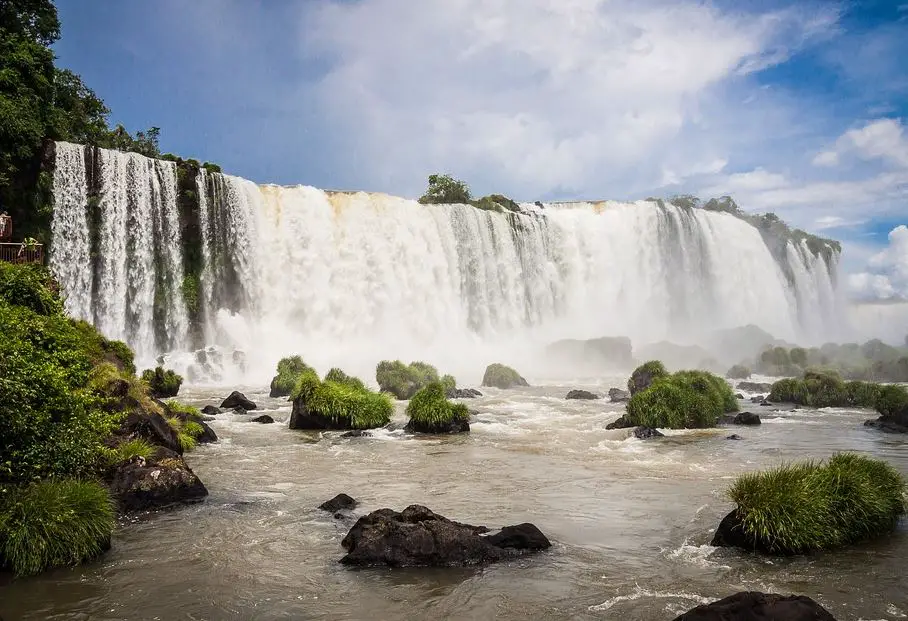Amazon Rainforest In Brazil: Overview,Prominent Features,History,Interesting facts
Overview:
The Amazon Rainforest is the largest rainforest on the planet and covers around 2.2 million square miles in eight South American countries — Brazil, Colombia, Peru, Venezuela, Ecuador, Bolivia, Guyana, Suriname, and French Guiana. The Brazilian portion of the Amazon Rainforest has the most variety and the most species of plants and animals on Earth and is also home to more than 30 million people, with many of them belonging to indigenous populations who are dependent on the forest for their livelihood. It is estimated that the Amazon harbors 10 percent of all the planet's land species and holds vital information on the origins of global biodiversity. It is one of the most beautiful monuments in Brazil
Prominent Features:
1. The Amazon Rainforest is the world's largest rainforest, covering approximately 5.5 million square kilometers (2.1 million square miles) of the Amazon Basin in nine countries - Brazil, Bolivia, Peru, Ecuador, Colombia, Venezuela, Guyana, Suriname and French Guiana. 2. It is home to more than one third of all known species of plants and animals, supporting the highest variety of life on earth. 3. The Amazon Rainforest is a major carbon dioxide absorber and plays a key role in keeping Earth's climate stable. 4. The Brazilian Amazon is home to the Amazon River, the world's largest waterway, which bisects the South American nation from its north to its south. 5. The forest is home to more than 390 billion individual trees, or 16,000 trees per hectare (6.2 acres). 6. The canopy layer may suffer from human-caused deforestation, especially for agricultural purposes. 7. There are an estimated 350-400 aboriginal tribes throughout the rainforest, many of which remain isolated from mainstream society. 8. Deforestation due to logging, agriculture, and land development is a major threat to the Amazon Rainforest and its biodiversity. You can learn history, culture, and heritage through these magnificent monuments in Brazil.
History:
The Amazon rainforest, located in South America, is believed to have first formed about a hundred million years ago. It developed soon after the breakup of the supercontinent Gondwanaland and the Congo-São Francisco Rift, which created the South American Plate and the Amazon River Basin. The Amazon basin was initially populated by numerous indigenous tribes who migrated from North America, across the Bering Land Bridge, to the lowlands of the Amazon regions of Peru, Venezuela, and Brazil. Over time, these tribes began to transform the Amazon rainforest into an agricultural landscape, by clearing land for farming, fishing, and hunting. In the 19th century, when Brazil declared its autonomy from Portugal, it became the largest landowner in the Amazon, claiming almost four million square kilometers. The country started exploiting the region’s vast resources for commercial gain. Amazonian rubber, rubber seeds, and timber became immensely profitable and record numbers of workers flooded the region. Throughout the 20th century, successive Brazilian governments have continued to exploit the Amazon’s resources for economic gain, drawing fire from environmentalists who are concerned for the fate of the rainforest. In the 21st century, deforestation of the Amazon has become an increasingly contentious issue, with Brazilian government actions prompting widespread international condemnation. As efforts increase to protect the Amazon, international agreements continue to be made to preserve the ecological history and integrity of the region. Visit one of the famous monuments of Brazil with your friends and family.
Interesting facts:
1. The Amazon Rainforest covers almost two-thirds of Brazil. It is the largest rainforest in the world and is home to around one-third of all species of plants and animals on the planet. 2. Around 20 percent of the planet's oxygen is produced by the Amazon Rainforest. 3. The Amazon Rainforest has a wide variety of different ecosystems, including wetlands, mangrove swamps, Savannahs, and deciduous forests. 4. The Amazon Rainforest contains at least 40,000 plant species, 427 mammals species, and more than 2.5 million insect species. 5. Sobre a Vida na Floresta, the first movie filmed entirely in the Amazon Rainforest, was released in 1999. 6. The Brazilian Amazon is home to the traditional cultural practices of more than 39 different indigenous tribes. 7. The Amazon River is the longest river in the world, stretching for 4,088 miles. 8. An estimated 20 percent of the world's fresh water is stored in the Amazon River Basin. 9. Jaguars are the largest predators in the Amazon Rainforest, with an estimated population of more than 40,000. 10. Brazilian law grants all members of indigenous tribes in the Amazon Rainforest the right to the continued use of their lands. One of the historical monuments of Brazil, it tells the story of a bygone era
Explore Brazil most popular tourist destination with us. Amazon Rainforest In Brazil: Overview,Prominent Features,History,Interesting facts,which is 35.14 km away from Brazil main town, is the most popular destination to add in your travel wishlist.
-
City:
Brazil
-
state:
Amazonas
-
country:
Brazil
-
country code:
BR
-
postcode:
.
Location:
Amazonas Brazil
